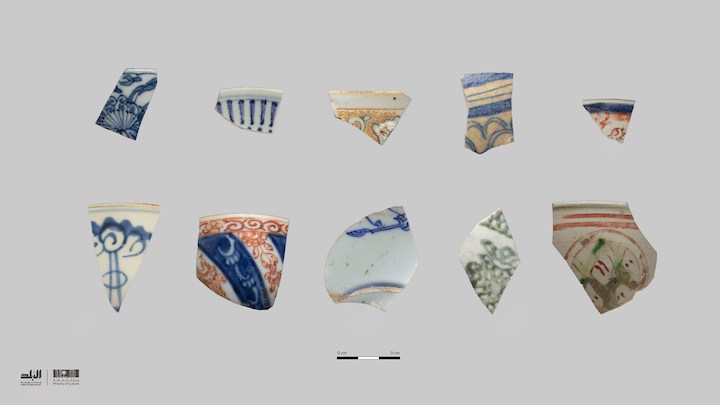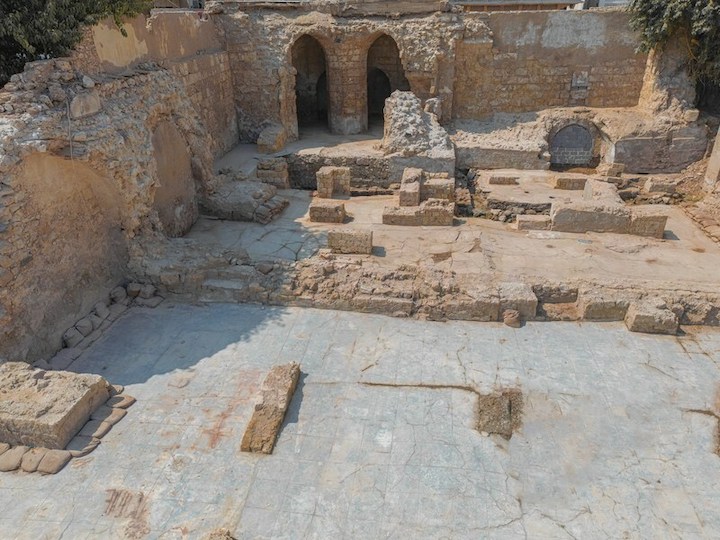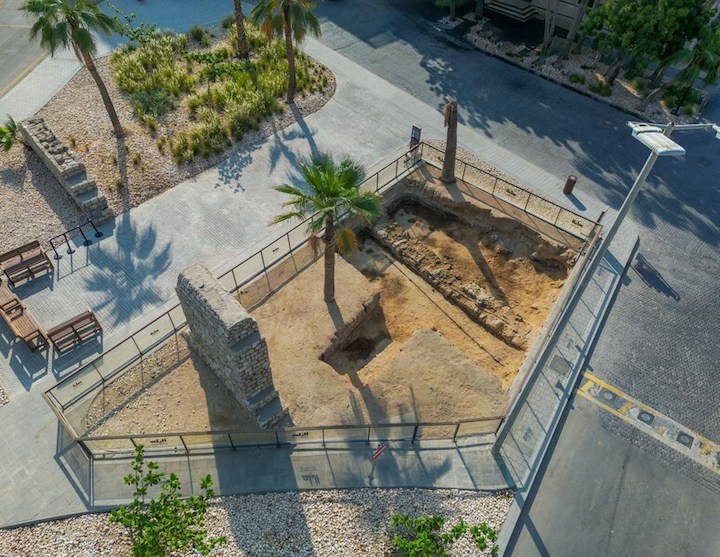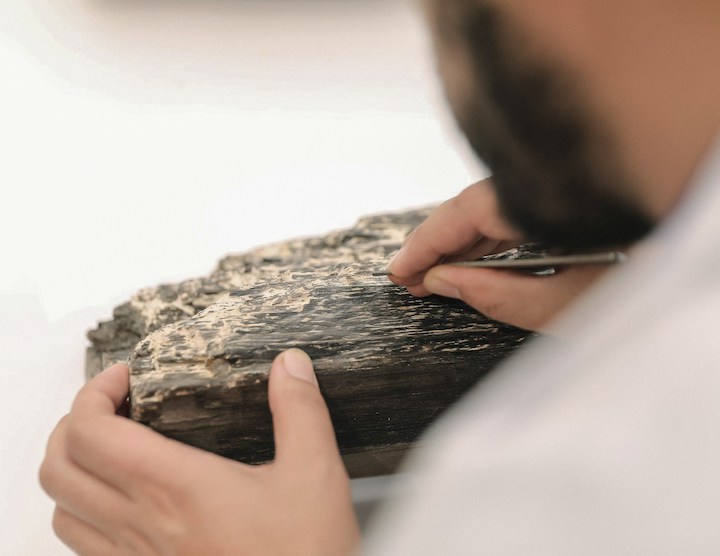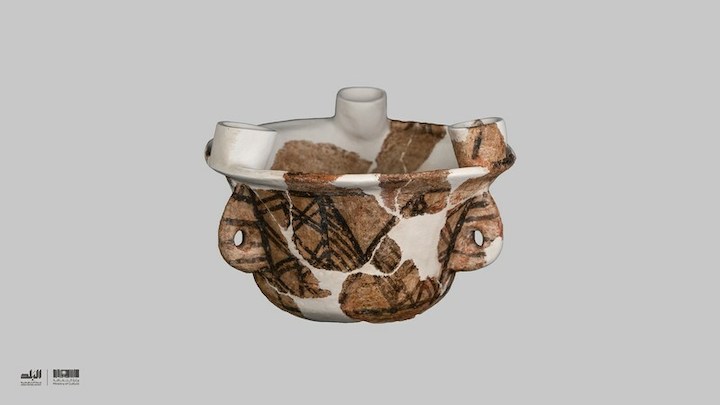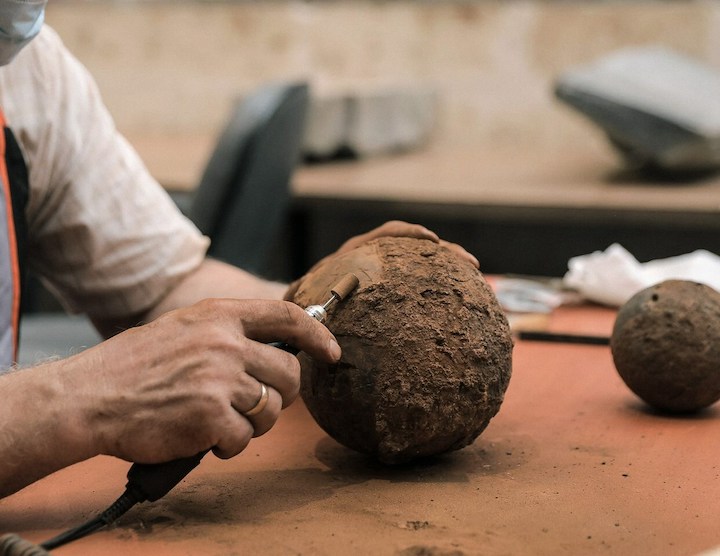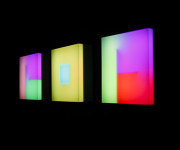The Jeddah Historic District Program, partnering with the Heritage Commission, has unveiled a significant archaeological find: 25,000 artifact fragments, some dating back to the 7th and 8th centuries AD. The excavations, part of the Archeology Project supervised by the Jeddah Historic District Program, spanned four sites: Othman bin Affan Mosque, Al-Shona, the Eastern Moat, and a section of the Northern Wall.
This discovery aligns with the ongoing efforts of the Historic Jeddah Revival Project, championed by Crown Prince Mohammed bin Salman bin Abdulaziz, aiming to preserve national heritage and bolster Historic Jeddah as a cultural hub, in line with Saudi Vision 2030.
Excavations in November 2020 yielded a diverse array of artifacts, including pottery, animal bones, shells, and metal objects, totalling 531kg. Discoveries at Othman bin Affan Mosque provided insights into various historical periods, while analyses of ebony pillars highlighted the region’s extensive trade connections.
Artifacts from the mosque included ceramics and porcelain dating from the 16th to 19th centuries AD, alongside relics from the Abbasid era. Al-Shona revealed pottery from Europe, Japan, and China, dating from the 19th to 20th centuries AD.
Excavations at Al-Kidwah unearthed parts of the Eastern Moat, likely from the late 18th century AD, while tombstones made of Mangabi stone, marble, and granite provided insights into the region’s Islamic heritage.
The archaeological endeavour involved surveys, radiocarbon analysis, and soil examinations, complemented by international archival research. The Jeddah Historic District Program and the Heritage Commission spearheaded documentation, registration, and preservation efforts, cataloguing findings in the National Archaeological Register.
Initiated in January 2020, this project underscores a commitment to uncovering and safeguarding Jeddah’s rich history, vital for preserving Saudi Arabia’s cultural legacy.

